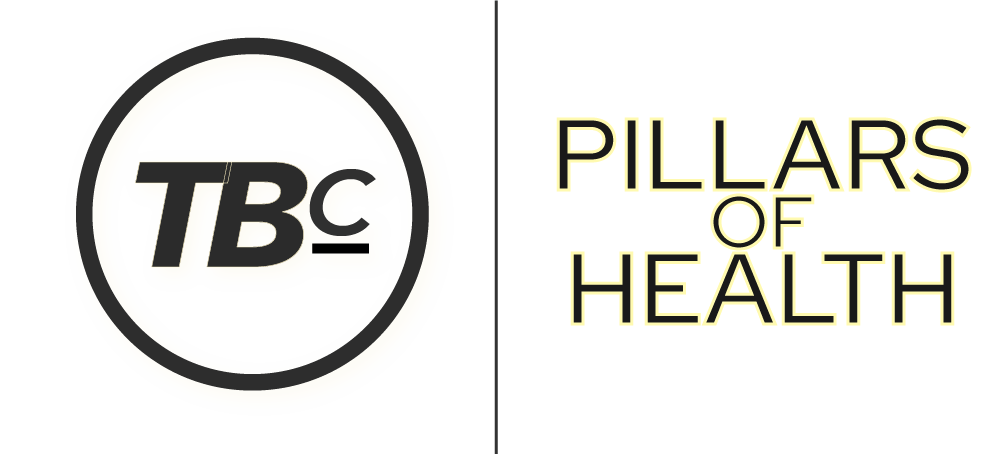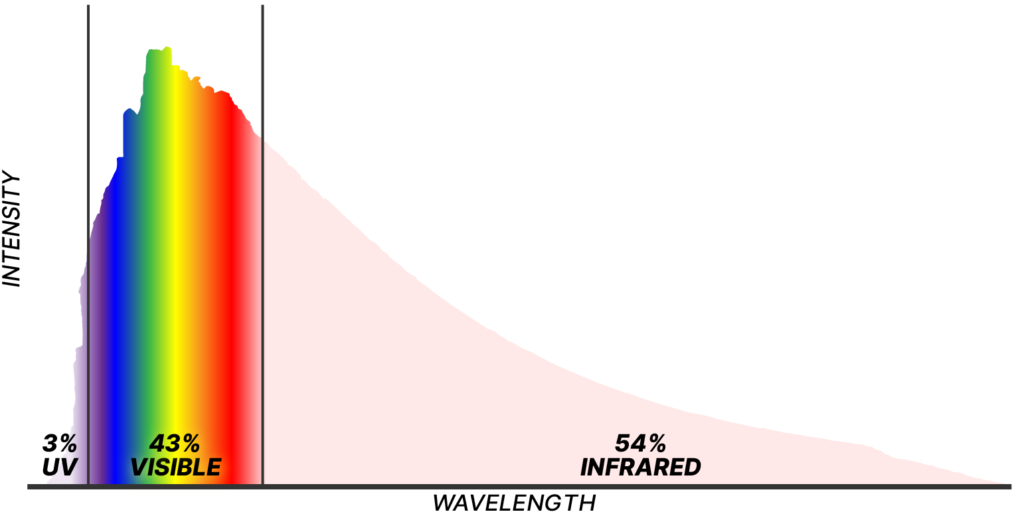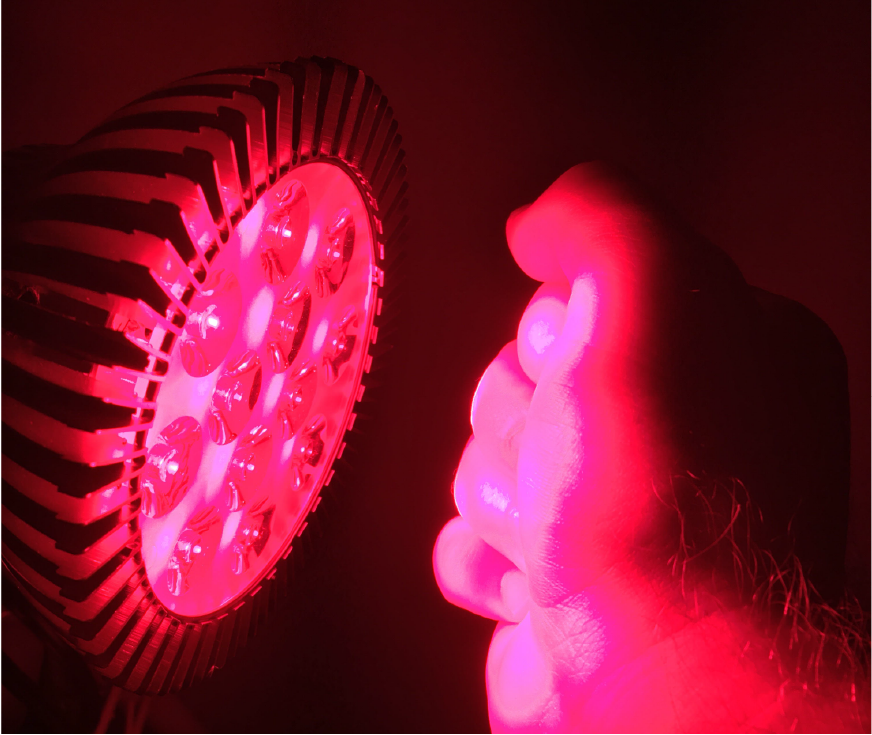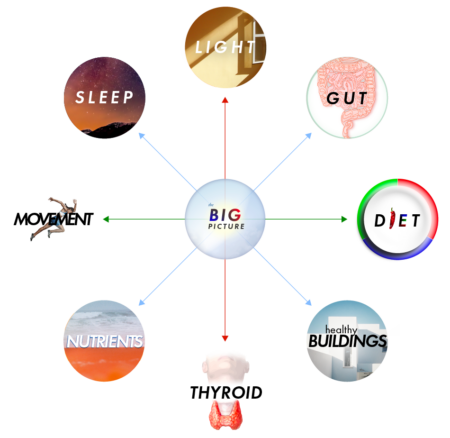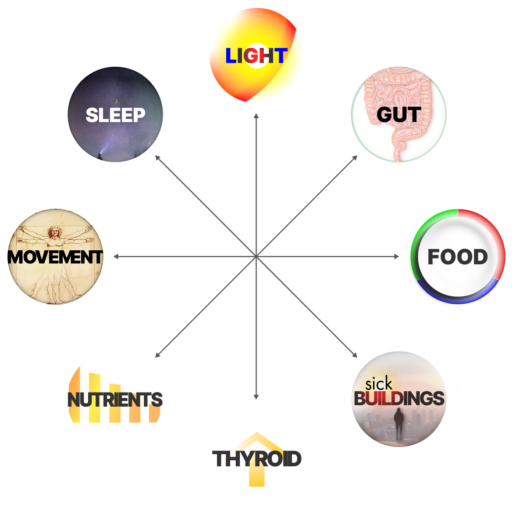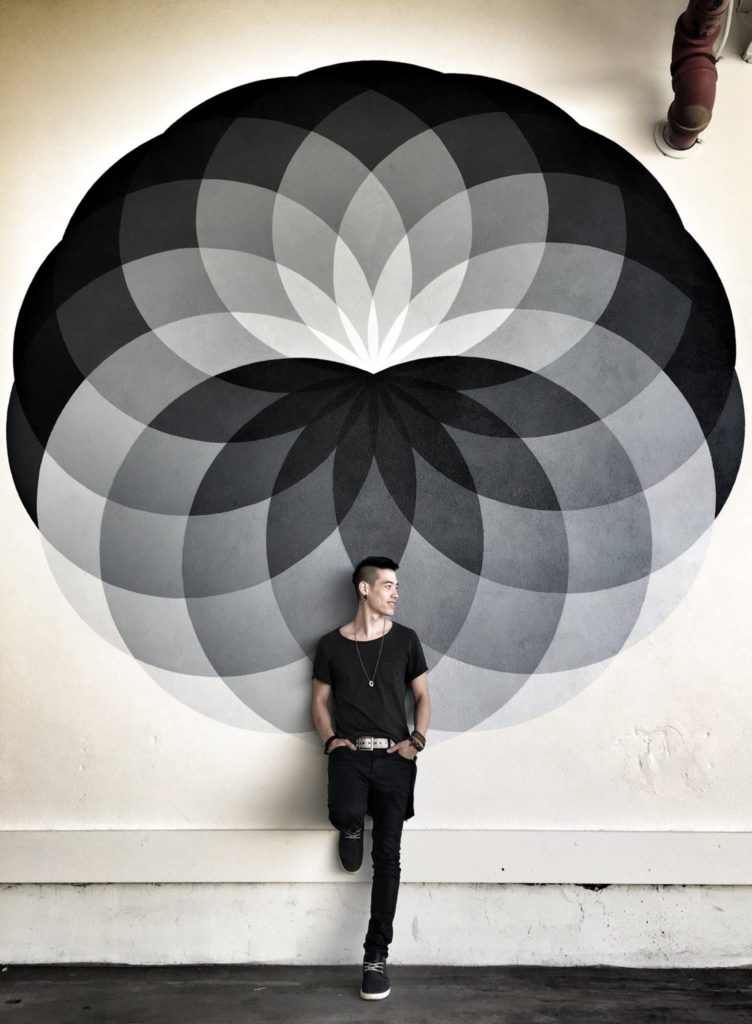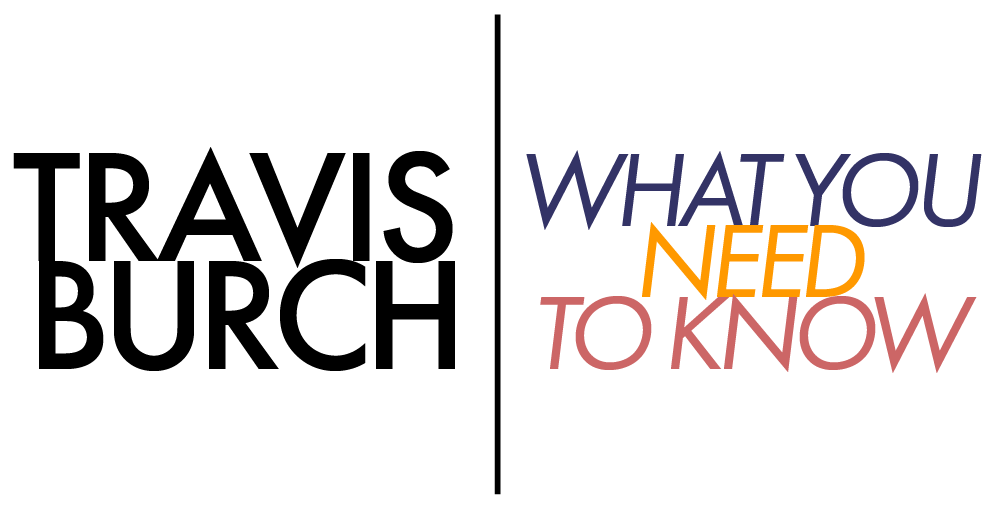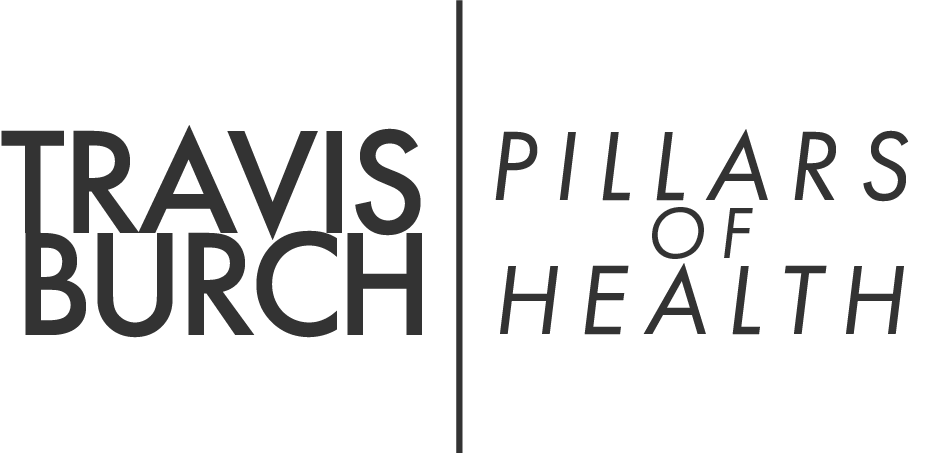Light Shapes Health
Every Spectrum of Light is Bioactive
Each day, light frequencies either harm or improve the health of your:
Restorative Light
Believe it or not, healthy light frequencies improve all bodily functions.
Why? Because each spectrum of light — both visible and invisible — causes a cascade of biological activity, even at very low intensity.
The body is designed to receive and detect light — and then respond to it with metabolic and hormonal action.

Every minute of the day and night, even! Photoreceptors in eyes and skin detect light and send signals to the brain, telling it what the light in the environment is doing.
It’s not just the brain, though! Local tissues respond to environmental and therapeutic light as well.
These effects are not minimal — and they’re not slight. They are deep and impactful to your health.
Can light play a role in your health strategy?
Absolutely! Come along, let’s enjoy this fascinating journey into the unseen world of light — and how it can improve our lives.
Table of Contents
The human eye sees a small slice of the total light spectrum.
The sun produces energy across an extremely broad spectrum. The tiny portion the human eye can see is referred to as visible light.
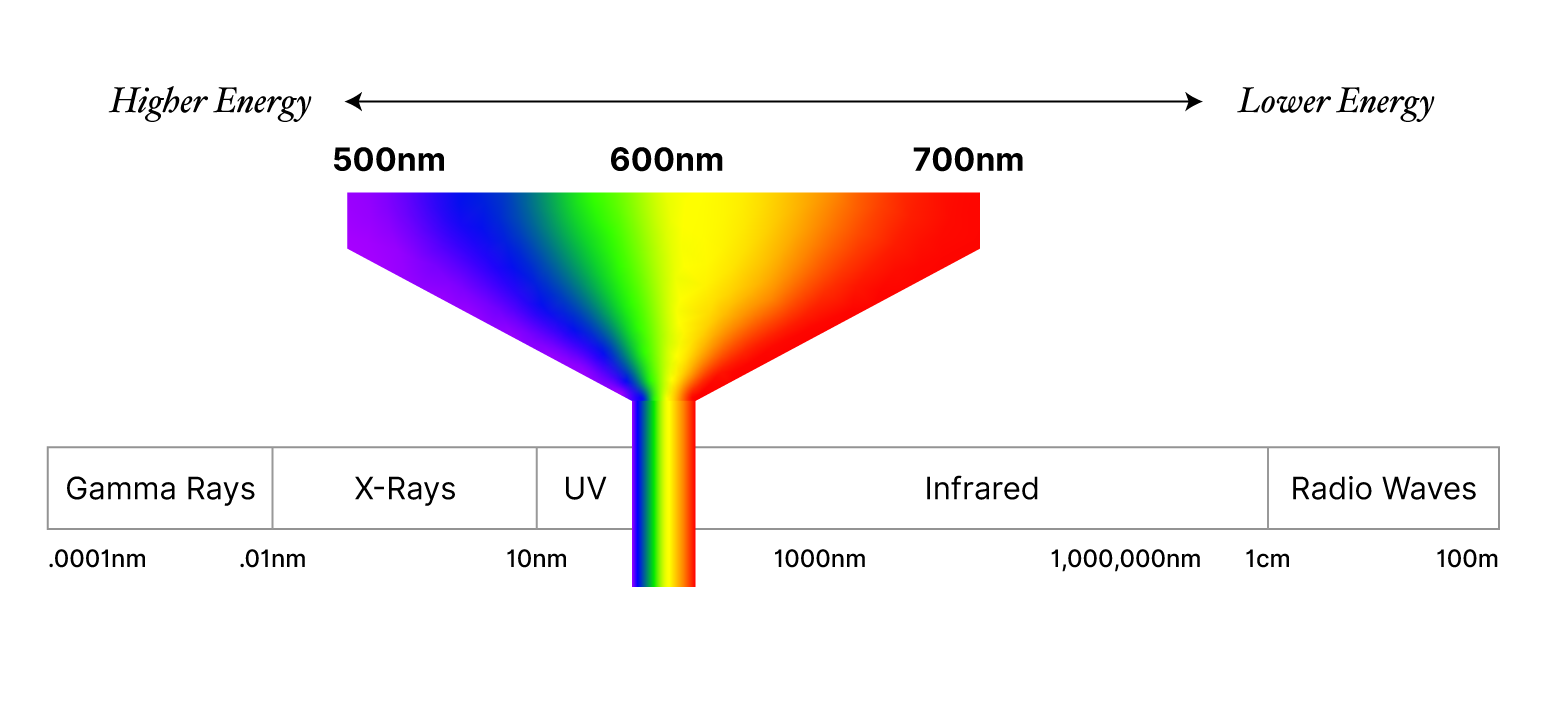
What about the rest of the spectrum that the human eye cannot detect — the frequencies that are invisible?
Those are still light. The invisible wavelengths are just too small or large to see.

Smaller than the visible spectrum is the invisible UV spectrum. If UV light were any larger in frequency, it would be blue light, and it would be visible.
Just larger than red light is infrared light — which is also invisible. If infrared waves were any shorter, they’d be red, and we’d be able to see them.
All visible light is perceived as a color by the human brain.
The Visible Spectrum
In physics, every time a frequency doubles, it’s referred to as an octave.
In music, the major scale covers one octave.
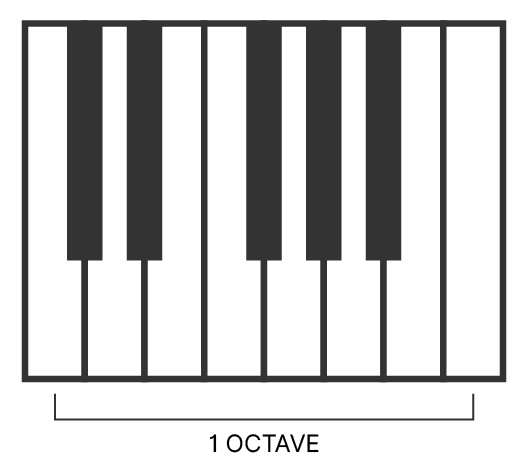
All visible light colors exist in only one octave, too!
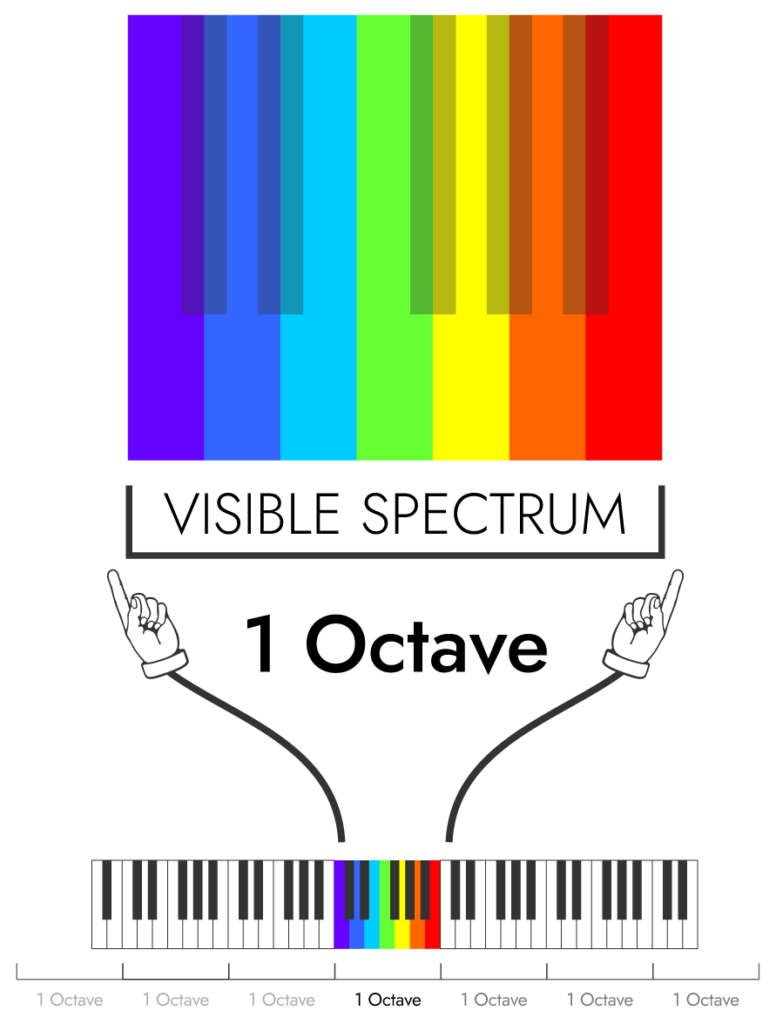
For reference, a grand piano has 8 octaves.

But the electromagnetic spectrum (light) has 81 octaves.
And visible light is just one octave!
If the light spectrum were piano keys, here’s how the light spectrum would look:
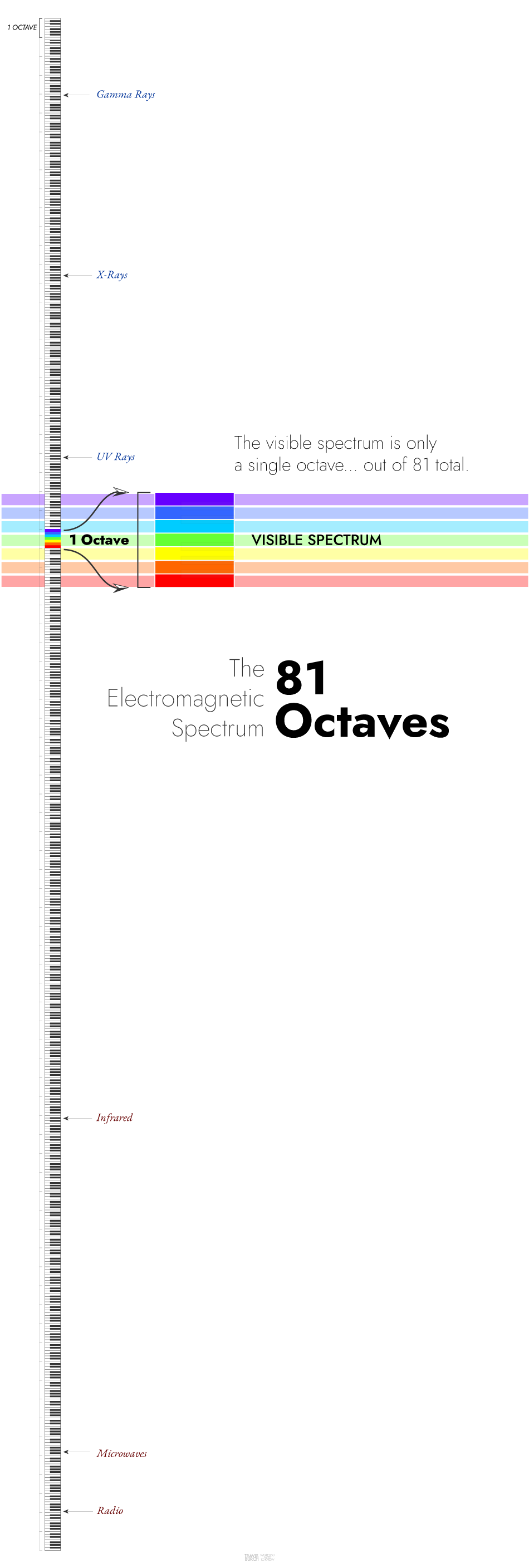
That’s fun to think about, isn’t it? But the best way to think about light — for your health — is actually quite simple. Light has three main parts.
Think of light this way: as three main parts — all affecting health differently.
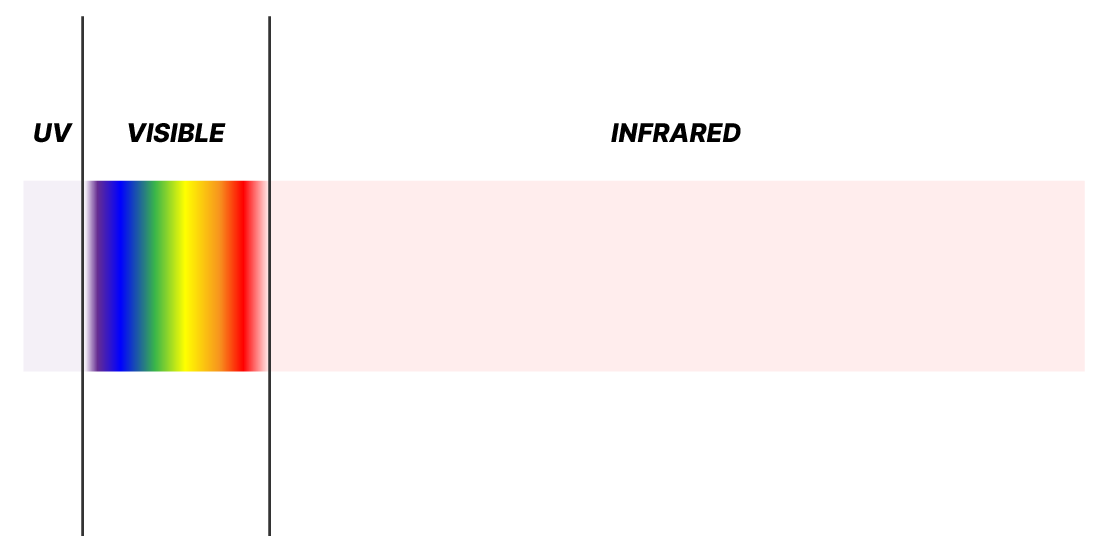
For general thinking about healthy light, ignore the X-rays, gamma rays, microwaves, and radio waves.
Instead, focus on the most important spectrums of light — those which greatly impact health on a daily basis. They are:
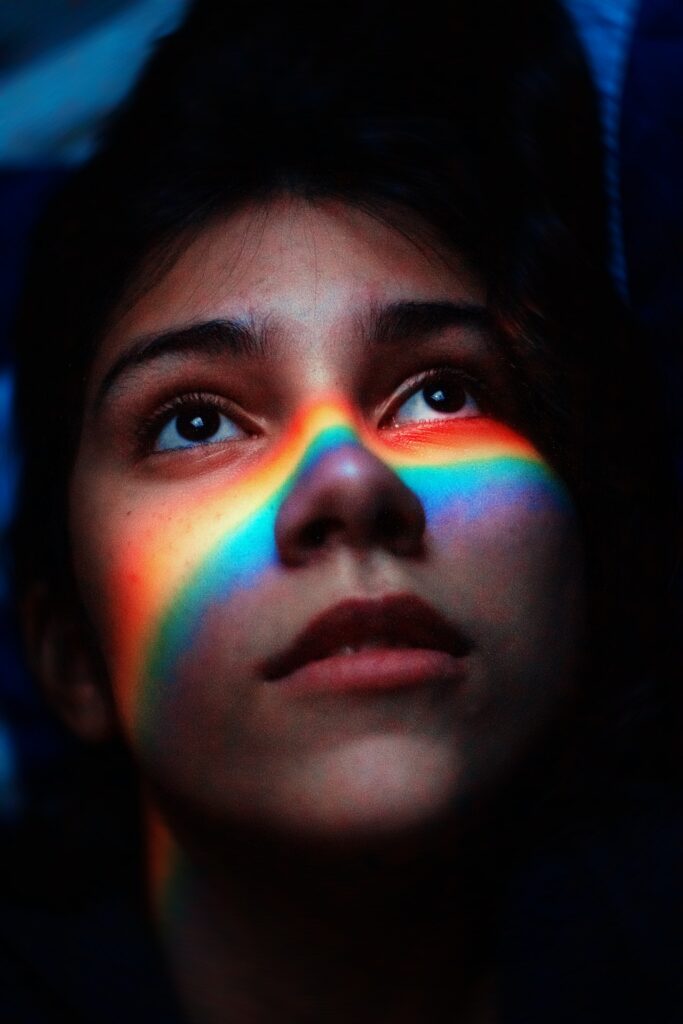
Solar Radiation Peaks in the Visible Spectrum
Most life on earth is highly attuned to the visible spectrum.
It’s a narrow spectrum — only one octave — but it accounts for 42% of the sun’s power output.
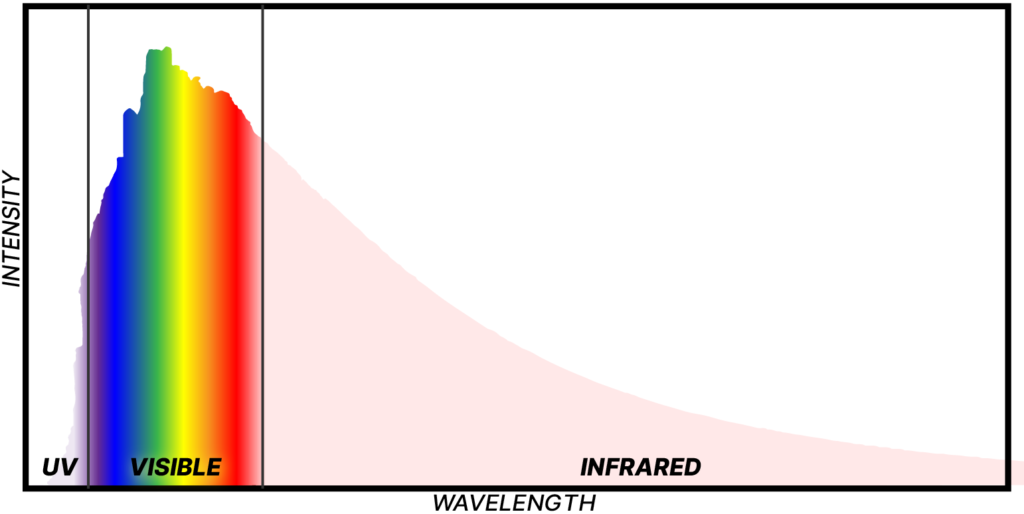
4
Natural Infrared + Red Light
When the sun’s red and infrared output are combined, they make up a whopping 68% of total sunshine.
This means that more than 2/3 of sunlight is restorative infrared and red light frequencies.
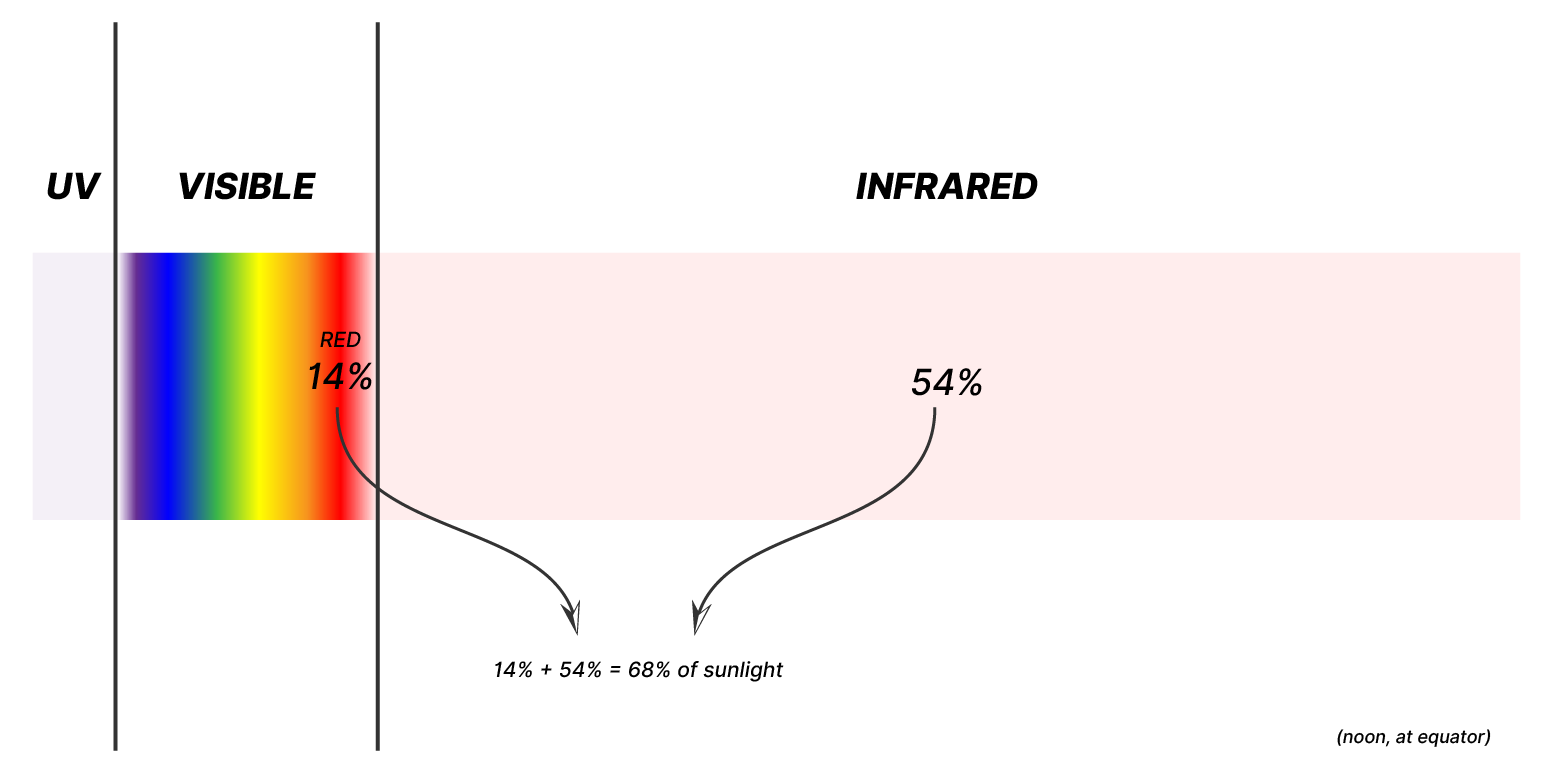
68% of sunlight is infrared & red — a large majority of sunlight’s output!

5
Incredible Health Benefits
…of red and infrared light.
The NASA ‘HEALS’ Light
“The innovation of the NASA HEALS technology provides the equivalent light energy of 12 suns from each of the 288 LED chips.”
— NASA
Sleep
Show Research
improved sleep quality and endurance in female basketball players.

“Our study confirmed the effectiveness of body irradiation with red light in improving the quality of sleep of elite female basketball players and offered a nonpharmacologic and noninvasive therapy to prevent sleep disorders after training.”
https://www.ncbi.nlm.nih.gov/pubmed/23182016
Insulin Resistance & Weight Regulation
Show Research
improved glucose metabolism and obesity in mice.

“[Infrared] therapy improved glucose tolerance and phosphorylation of Akt (Ser473)… The results showed that chronic PBM therapy improved parameters related to obesity and insulin resistance in HFD-induced obesity in mice.”
https://www.ncbi.nlm.nih.gov/pubmed/29247431
Cardiovascular Health
Show Research
effective as a therapeutic tool for many disease states.
“Furthermore, FIR rays have been applied in treating various chronic diseases, such as hypertension, heart failure, and vascular endothelial dysfunction, which are associated with the depletion of tetrahydrobiopterin (BH4), a critical cofactor for NO synthases.”
https://www.ncbi.nlm.nih.gov/pmc/articles/PMC5505738/
This research also applies to: Blood Pressure, Congestive Heart Failure, Pain, Chronic Fatigue Syndrome
Joint Pain & Inflammation
Show Research
relieved pain and lowered the inflammation in joints injected with endotoxin.
“Positron emission tomography (PET) scanning showed that the bioceramic was capable of relieving inflammation in the joints at 7 days after LPS injection.”
https://www.ncbi.nlm.nih.gov/pmc/articles/PMC5505738/

Acne
Show Research
extremely effective at reducing the instance of acne.

“Twenty-eight patients were participated in this study. Ten weeks after treatment acne lesion were significantly decreased…”
https://www.ncbi.nlm.nih.gov/pmc/articles/PMC3352636/
Chronic Pain Reduction (& Arthritis)
Show Research
Patients were pain-free for longer when receiving red and infrared light therapy.

“We observed significant functional improvement in red- and infrared-treated groups (p less than 0.05), but not in the placebo group. The period from the end of treatment until the patients required treatment was longer for red and infrared groups than for the placebo group.
https://www.ncbi.nlm.nih.gov/pubmed/1727843
Low-power light therapy is effective in relieving pain and disability in degenerative osteoarthritis of the knee.”
Cognition & Mood
Show Research
Red and infrared light appear to enhance normal brain function and improve memory, as well as mood.
“Among the most fascinating experimental applications of LLLT are those related to enhancement of normal brain function and the treatment of memory loss and mood disorders.“
https://www.ncbi.nlm.nih.gov/pmc/articles/PMC5436183/
Cancer
Show Research
Researchers attach photoabsorbers (molecules that absorb light) to cancer cells (using targeted antibodies).
Near-infrared light is applied to the area, and the light — in conjunction with the photoabsorber — cause the cancer cell to swell, burst, and die.
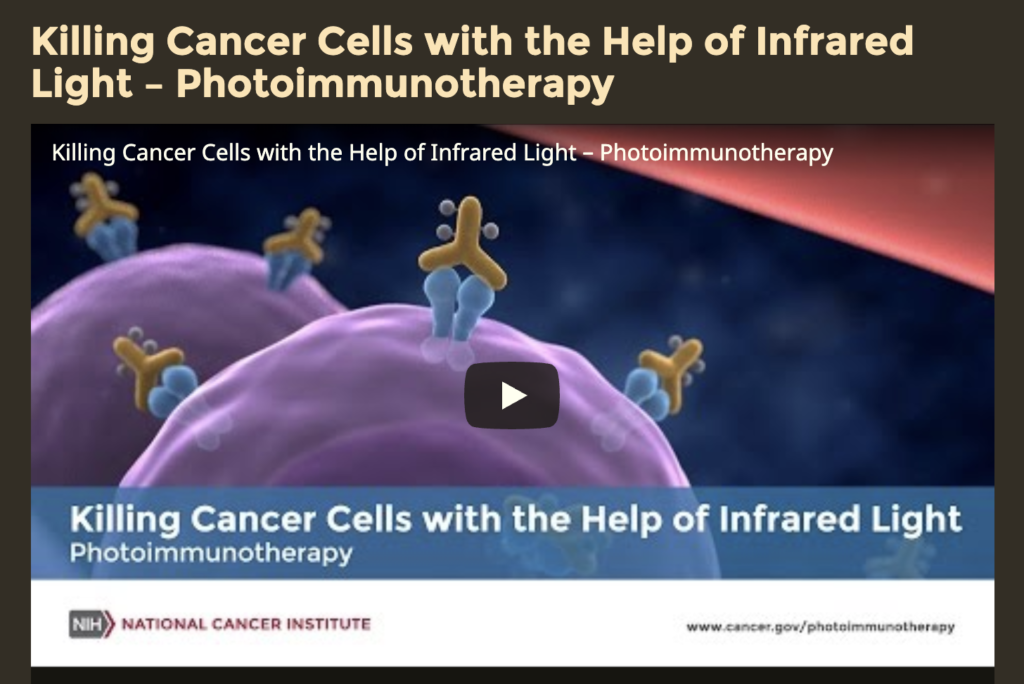
“When near-infrared light is applied, the cells swell and then burst, causing the cancer cells to die.”
https://www.cancer.gov/about-cancer/treatment/types/photoimmunotherapy-video
Ocular Health
Show Research
Gentle red light can improve the health of eye tissue in disease and after an injury.
“This evidence suggests that LLLT may induce beneficial effects in retinal and optic nerve pathology in humans.”
(Macular Degeneration & Healing Post-Injury)
Bone Health
Show Research
Infrared light increases bone mineral density.
“The results demonstrated that the increasing rate of bone mineral density was higher in the laser (L) group than in the control (C) group.”
https://www.ncbi.nlm.nih.gov/pubmed/19399356
https://www.ncbi.nlm.nih.gov/pmc/articles/PMC4707222/
https://www.ncbi.nlm.nih.gov/pubmed/11776448
https://www.ncbi.nlm.nih.gov/pubmed/24286286
https://www.ncbi.nlm.nih.gov/pubmed/27752476
https://www.sciencedaily.com/releases/2000/12/001219195848.htm
For decades, researchers found that therapeutic lasers produced verifiable results for pain, inflammation, healing, smoking cessation and even hair regrowth. They tended to assume the important component was the fact that the light was in the form of a laser, a very intense beam of light.
It turned out, however, it wasn’t the laser aspect that provided the healing. By the mid-90s, it was clear that the wavelengths of light themselves — not the laser aspect — were responsible for the successful findings.
Thus, the study of “low-level laser therapy” became the study of “photobiomodulation” (the study of how light affects changes in the body).
Show Research
“Most of the early work in this field was carried out with various kinds of lasers, and it was thought that laser light had some special characteristics not possessed by light from other light sources such as sunlight, fluorescent or incandescent lamps and now LEDs. However all the studies that have been done comparing lasers to equivalent light sources with similar wavelength and power density of their emission, have found essentially no difference between them.”
https://www.aimspress.com/fileOther/PDF/biophysics/biophys-04-00337.pdf
LEDs became the technology of choice because they can deliver specific wavelengths to bodily tissues.
Virtually All Wavelengths Have Been Studied. Some Excel at Healing.
The most impressive healing results come from the frequencies found in visible red light (around 660nm) and near infrared frequencies (around 880nm).
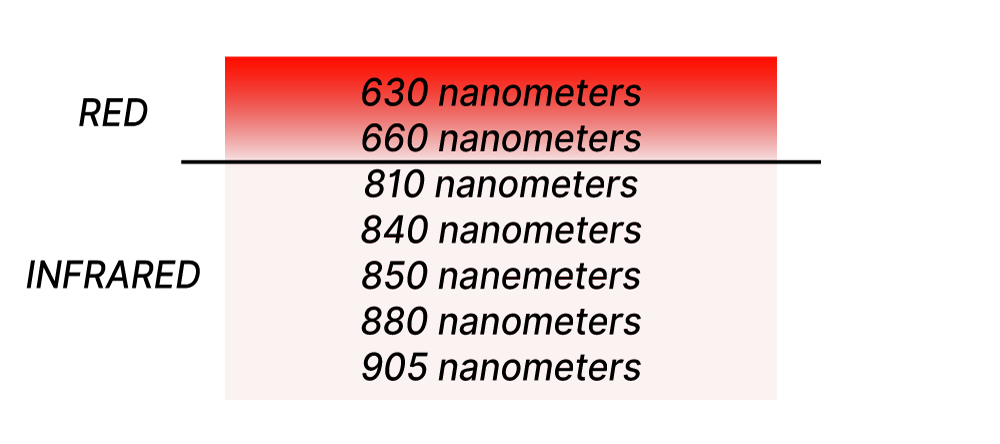
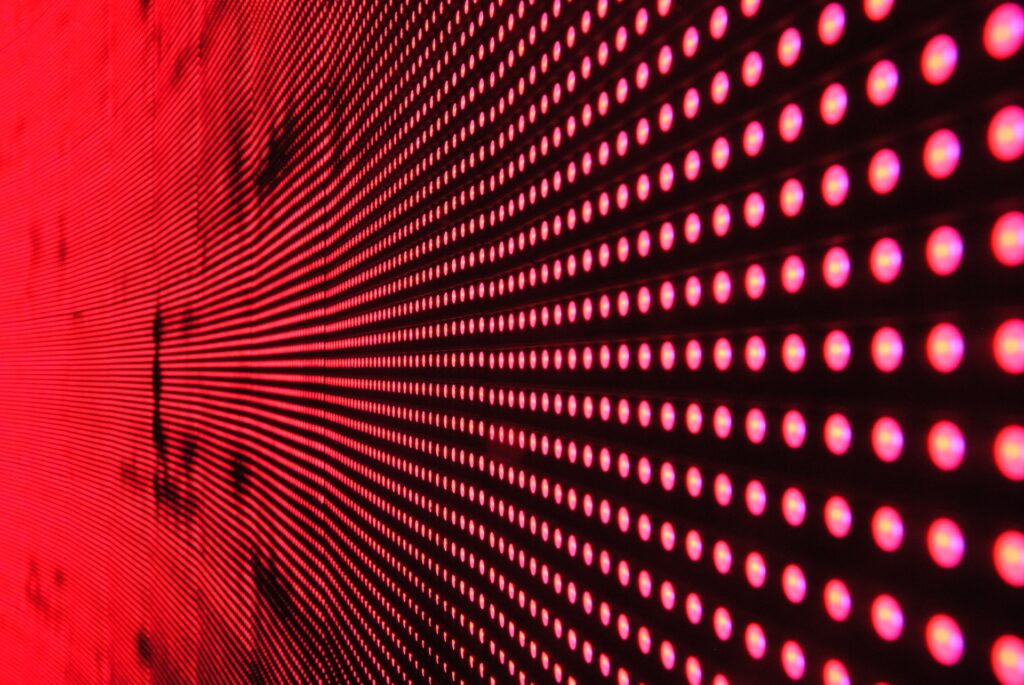
Photo = LIGHT
Bio = LIFE
Modulate = TO CHANGE
Light can change living organisms.
ALL wavelengths of red & infrared light provide benefits to practically every cell in the body.
8
Compare: Red -vs- Infrared
Sharing many similar characteristics for our health, these two frequencies do have a few differences.
Red Light is Visible
If an object looks red, red light is coming from it — and entering the eye.

A red LED emitting red light.
Infrared Light is Invisible
The human eye cannot see infrared light. The wavelengths are too long — just longer than red light.
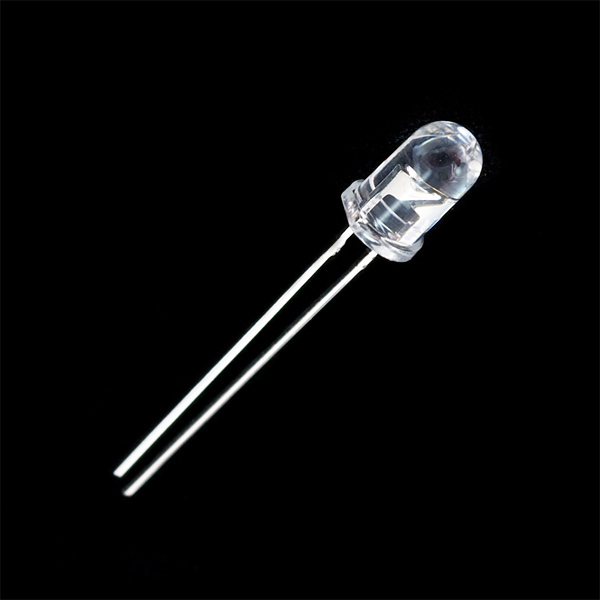
An infrared LED appears to be off — even when turned on.
As we discussed earlier…
Infrared means “Beyond Red”
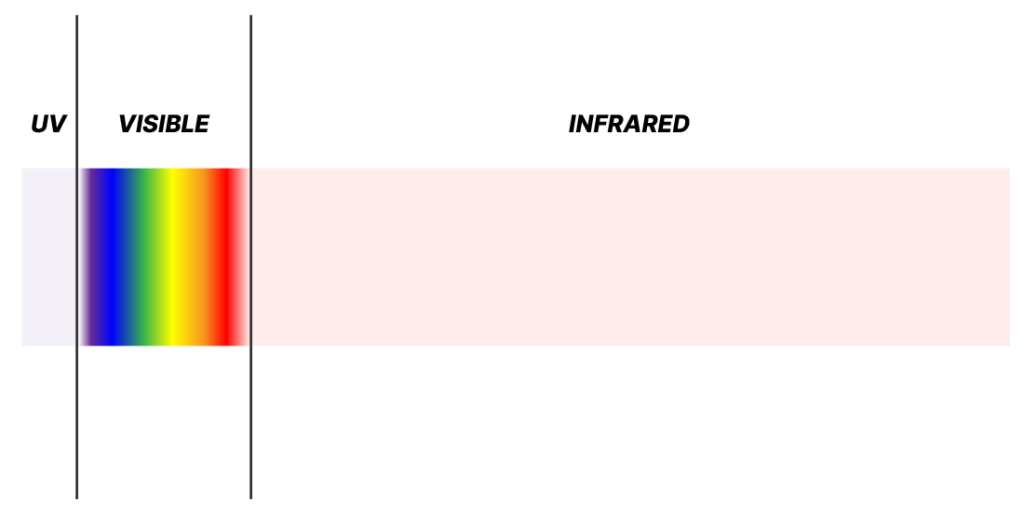
Infrared wavelengths are too long for our eyes to observe.
(On the other end of the spectrum, UV rays are too short for our eyes to see).
But Special Technology Can See Infrared Light
Night-Vision Goggles
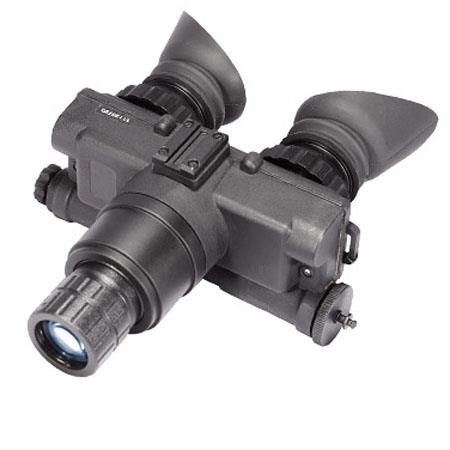
These $1,000 night-vision goggles detect “invisible” infrared light to “see” in the dark.
Security Cameras
“Heat Signature” = Infrared Light
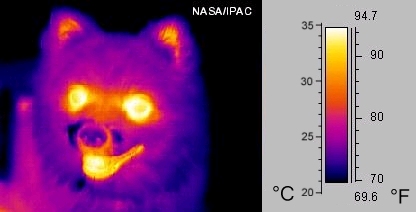
The “night-vision” camera can see this dog at night.
(More infrared wavelengths are coming out of the dog’s eyes and mouth — fur absorbs infrared light.)
Amazingly, even though infrared light is invisible, we can sense it in another way:
We actually FEEL it.
How? Invisible infrared light is felt as heat.
After all, heat, essentially, is infrared light.
Humans can see light frequencies — and also feel light frequencies.

What cooks the food? Infrared light.
Why does this matter? Because these frequencies of light can change our bodily health!
All frequencies of light penetrate into the body — but every wavelength only penetrates to a very specific depth.
Some frequencies penetrate very deeply, while others barely enter the body at all.
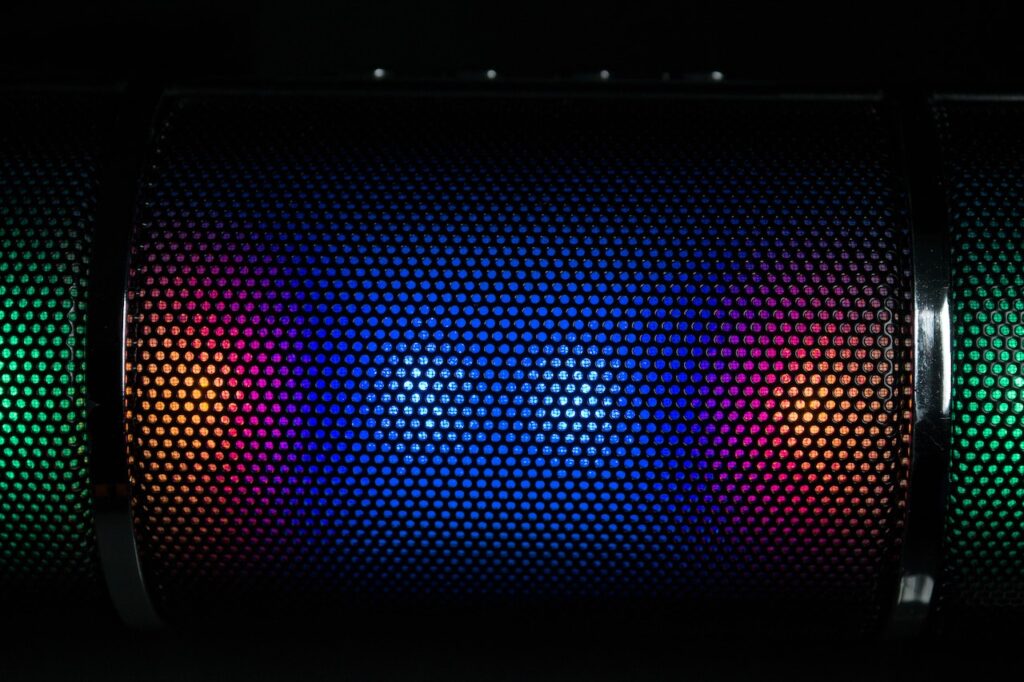
Tissue Penetration Depends on The Wavelength
The longer the wavelength, the deeper light penetrates into tissues.
Blue light barely penetrates at all, just 2-4 millimeters.
Red light penetrates several inches into the flesh.
Infrared can penetrate deeply into the body, nourishing even the inner organs.
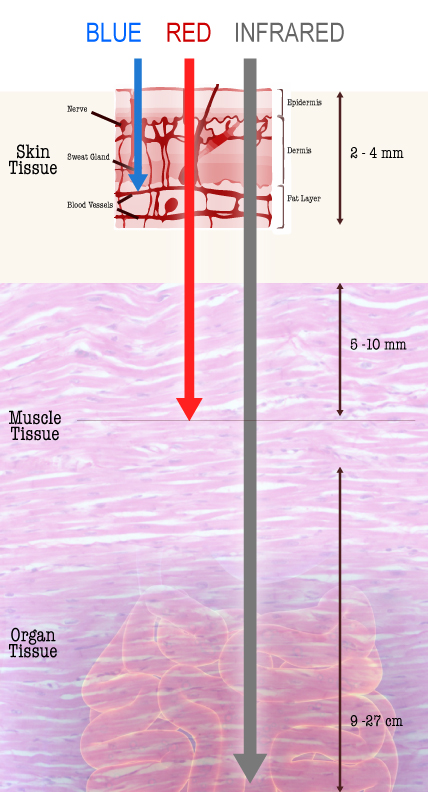
Penetration Depth In Human Tissue
Blue Light
2-3mm
Red Light
5-10mm
Infrared Light
9-27cm
Infrared Rays Penetrate Deepest
All light travels in a straight line, and infrared is no different.
This deep penetration into the body allows infrared therapy to affect all tissues and organs in the body.
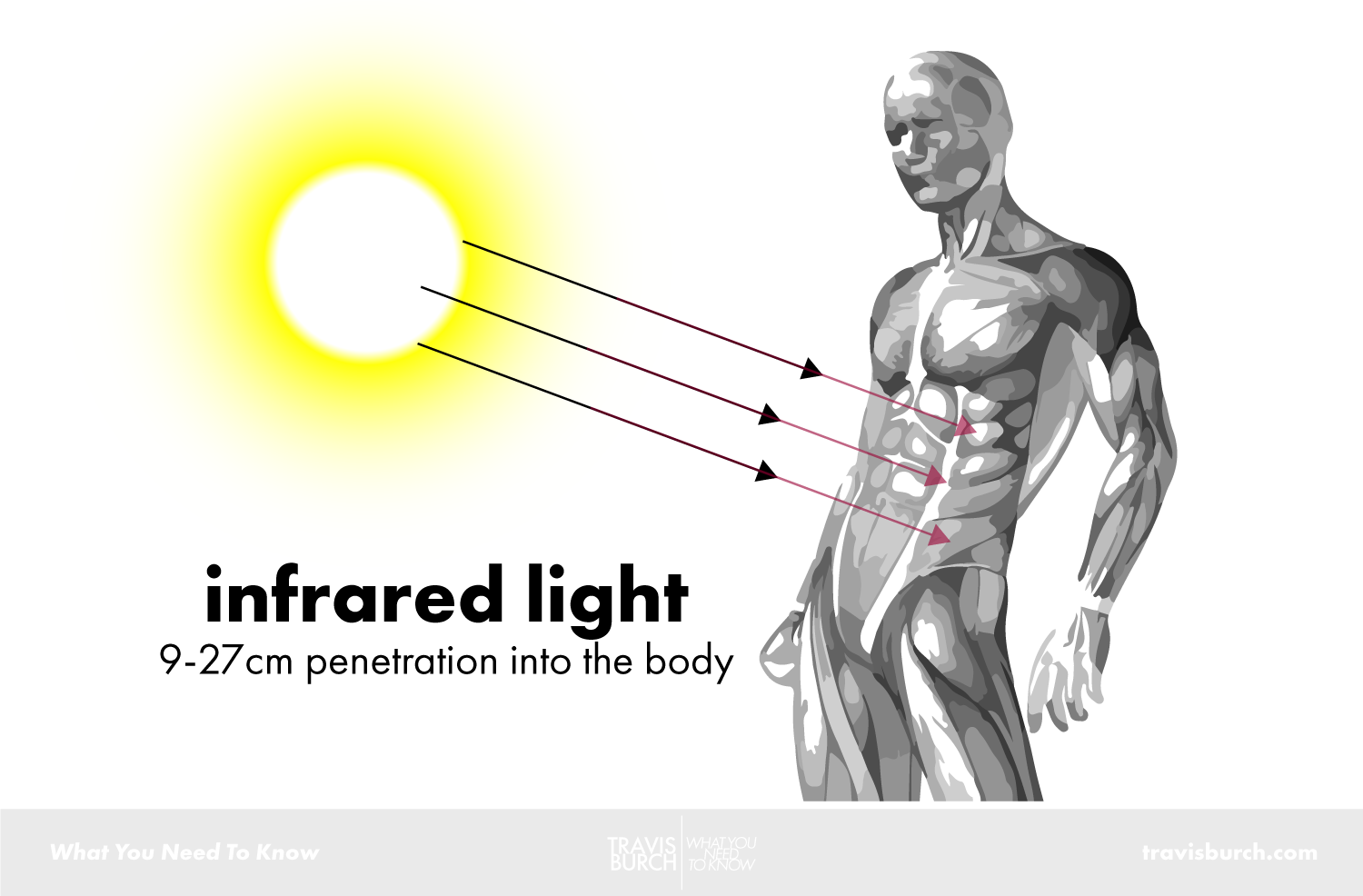
Why does this matter? Because some wavelengths of light — red and infrared — can actually nourish, repair, and help heal your inner organs and tissues: including your thyroid, your gut, your brain, and muscles.
90% of incandescent output is infrared light.
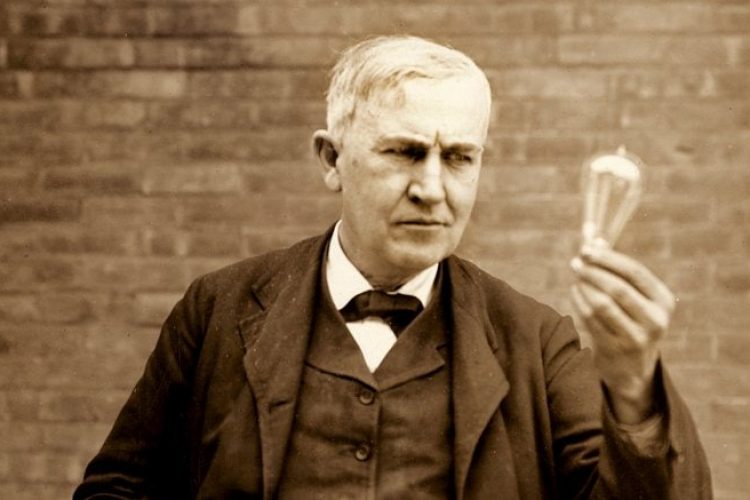
Thomas Edison invented the light bulb, but it mostly produced invisible infrared.
The criticism of incandescents: Too much wasted light (as heat, a.k.a. infrared).
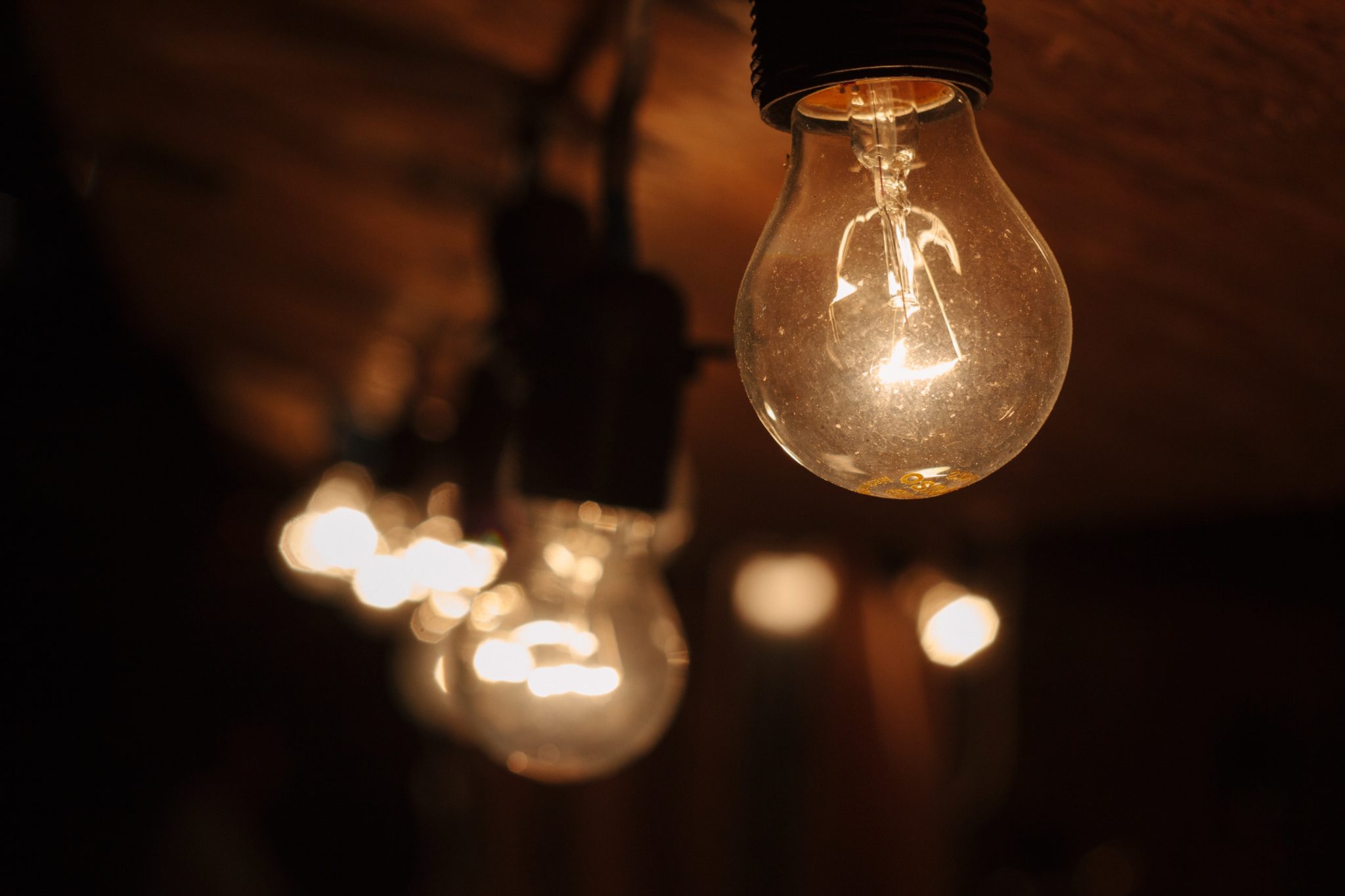
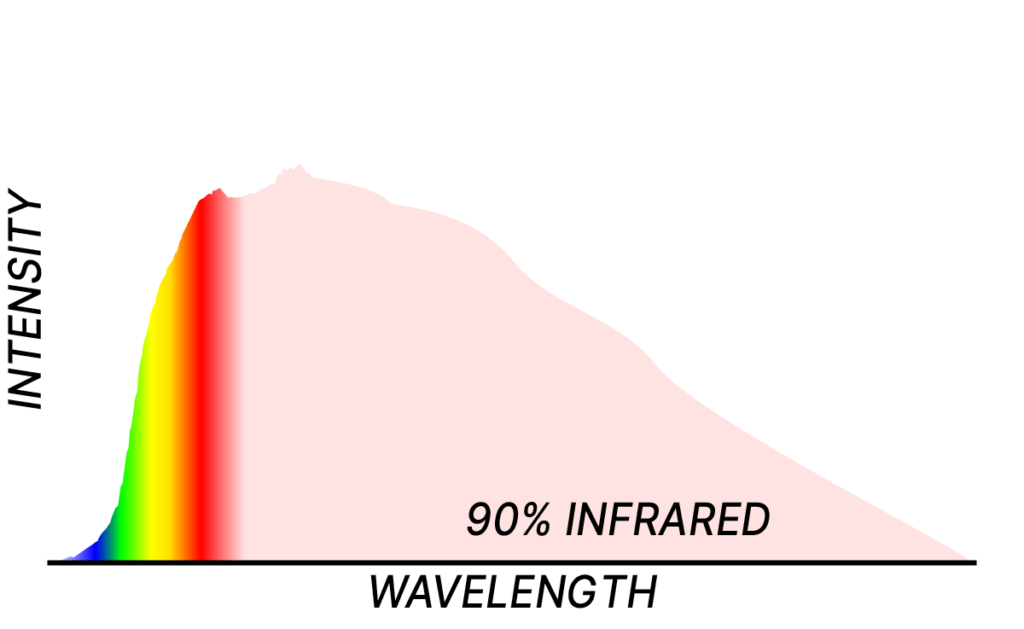
“An incandescent bulb is a better heater than light bulb.”
— Lighting industry circa 2010
Throughout the 2010s, countries began banning the sale of incandescents to save energy costs and burn fewer fossil fuels.
Modern lighting provides almost no red & infrared.
Typical Fluorescent Bulbs

Typical LED Bulbs
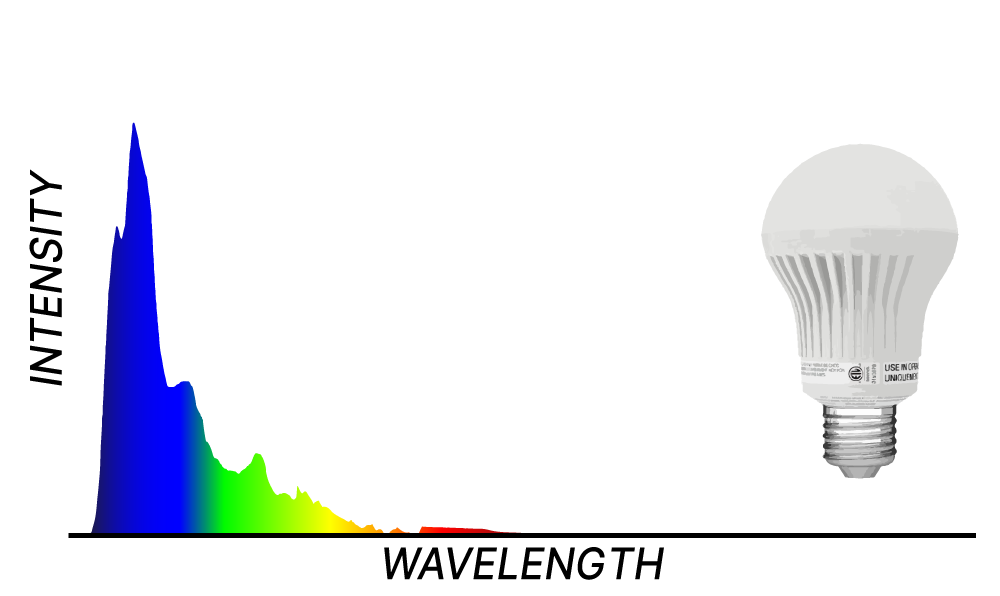
Typical fluorescent & LED bulbs save on energy costs.
——-> By removing the healthy red & infrared light.
The average American spends 93% of their life indoors, with another 6% in automobiles.
— Environmental Protection Agency, 2001
That’s 99% Indoors
14.4 minutes. That’s 1% of the day.
It’s how long the average American spends outside — each day — as of 2001.
What are the health implications of spending nearly all time indoors?
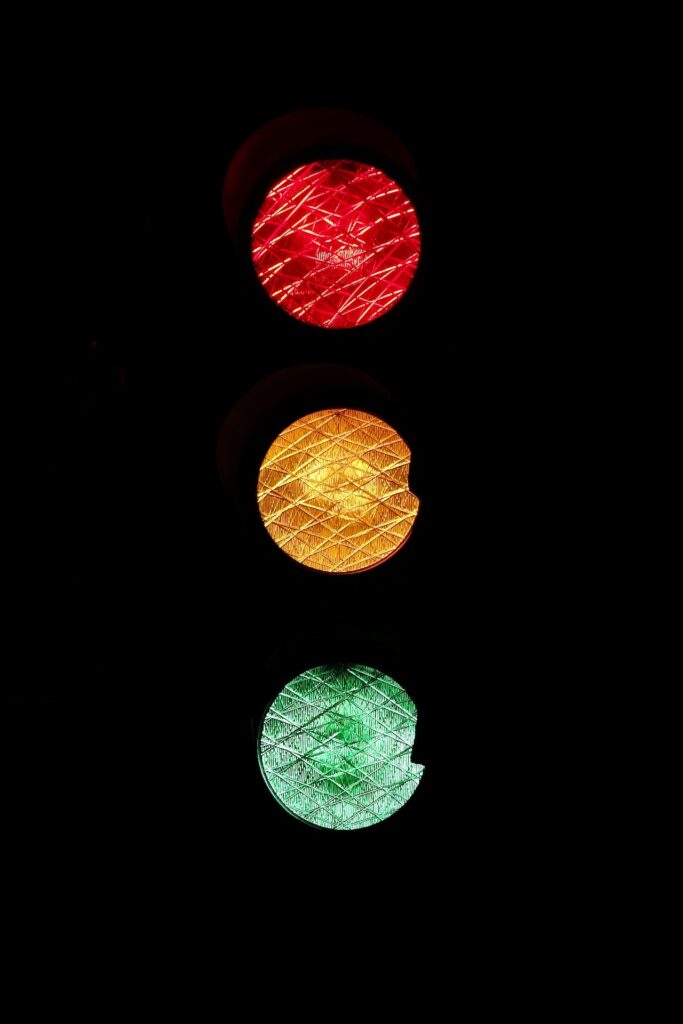
For sure, air quality is typicall much worse indoors: On average, indoor pollutants are 5 times worse than outdoor air, but are often 100 times worse.
Beyond air quality, there’s a lack of healthy spectrums of light: Red and infrared just aren’t to be found indoors.
Stats for the Average American
93% indoors
+ 6% in automobiles
= 99% of life spent indoors.
On average, 99% of modern life is spent indoors.
As a result…
Humans Throughout History
Throughout history, humans spent more waking hours in direct or indirect sunlight.



Fire is incredibly rich in red & infrared light.
The contrast couldn’t be more stark: Modern people receive far less nourishing red & infrared light from the environment.
“Penetrating red light is possibly the fundamental anti-stress factor for all organisms.
— Ray Peat, PhD
The chronic deficiency of such light is, I think, the best explanation for the deterioration which occurs with aging.”
Congratulations! You’ve completed Why Light?
What Has Light Done For Me?
Red and infrared light have tremendously impacted — and improved — my life.
The “healthy light” trend is growing globally! Professional athletes are using red light to improve recovery after both exercise and injuries. Hair is being regrown at (expensive) hair clinics — using simple red light technology available on Amazon.

Light therapy is resulting in better sleep, energy levels, pain perception, workouts, post-exercise and post-surgery recovery, mood, digestion, gut health, and better skin.
I personally utilized red & infrared light as a foundation of my recovery from hypothyroidism and mold illness. I noticed the light spurred my digestion and metabolism, while also improving my circadian rhythm and sleep.
My sluggish brain became more active after exposure to these healing wavelengths of light.
Working with clients, I’ve seen therapeutic light improve thyroid & Hashimotos lab numbers, and increase energy levels and brain function in the elderly. Joint and muscle pain has been relieved in folks of all ages.
I even saw one seemingly miraculous recovery of a terminal health condition, with the only difference being heat lamp therapy and gardening. I can’t scientifically say that was the difference-maker, but I will say this: Light is powerful.
Best of all, it doesn’t have to require much effort to receive therapeutic light. It usually involves sitting down, resting — in the presence of healing light.
Don’t feel pressure! This is not a burden, something you have to do, or else. Ideas like these are, simply, here to help you — if you feel inspired to use them.
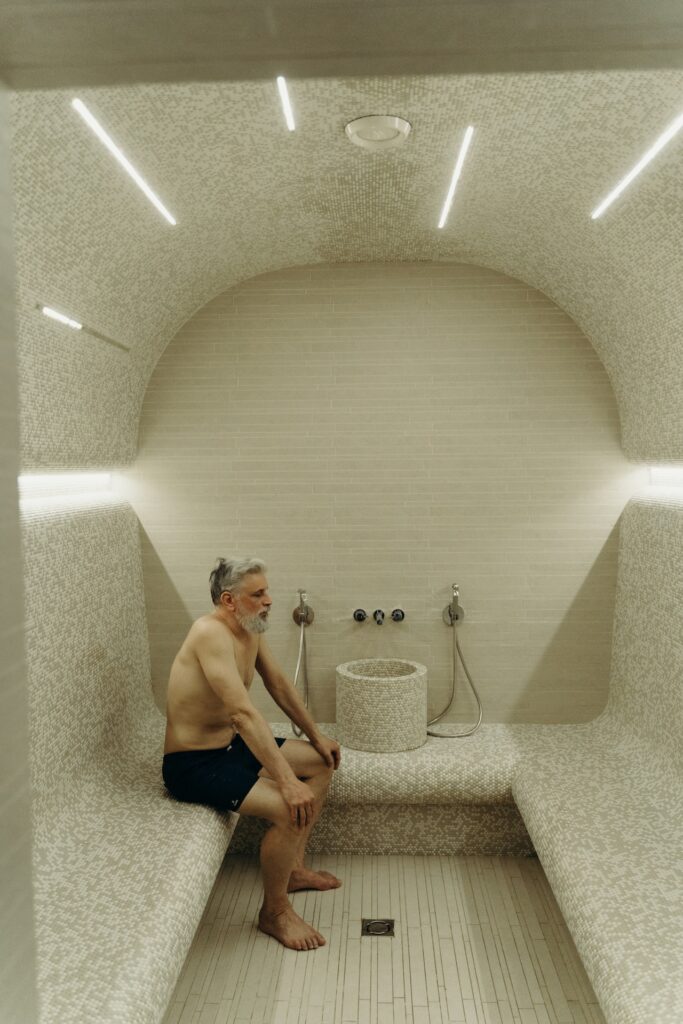
Virtually everyone can benefit from “good” frequencies of light. In chronic illness and aging, these restorative frequencies are even more important — as the body becomes more sensitive to its needs, and dependant on every synchronizing element it can find.

My health came back to me — in part — because I realized and believed in light’s profound biological impacts. Without light, my improvements in sleep, digestion, and metabolism wouldn’t have had the same momentum.
Everything we do to push our momentum forward — toward progress — can be a good thing! Especially we know how to use it: With an eye toward the interconnectedness of all things biological, and a fresh motivation, rather than a stale burden. These things are only here to help you. If you don’t feel inspired to take action, wait until that inspiration comes!
How might healthy light affect your life?
This completes ‘Why Light?’
To continue, select ‘InfraRED.’
(free) Articles
Complete Guide $14
Explore each page for free.
Related Articles

Why ‘Nobody’ Believes the Mold Sufferer
If there were a battle hymn of the mold sufferer, it would be titled: “Why Does Nobody Believe Me?”

An Exercise for Dealing With Loved Ones We Disagree With
An 11-question inventory for furthering relationships.

What I Do (New: 7-15-2023)
Here’s what I’m currently doing to improve my health.

‘Sensitization’ = Environmental Illness?
An introduction to environmental sensitivities.
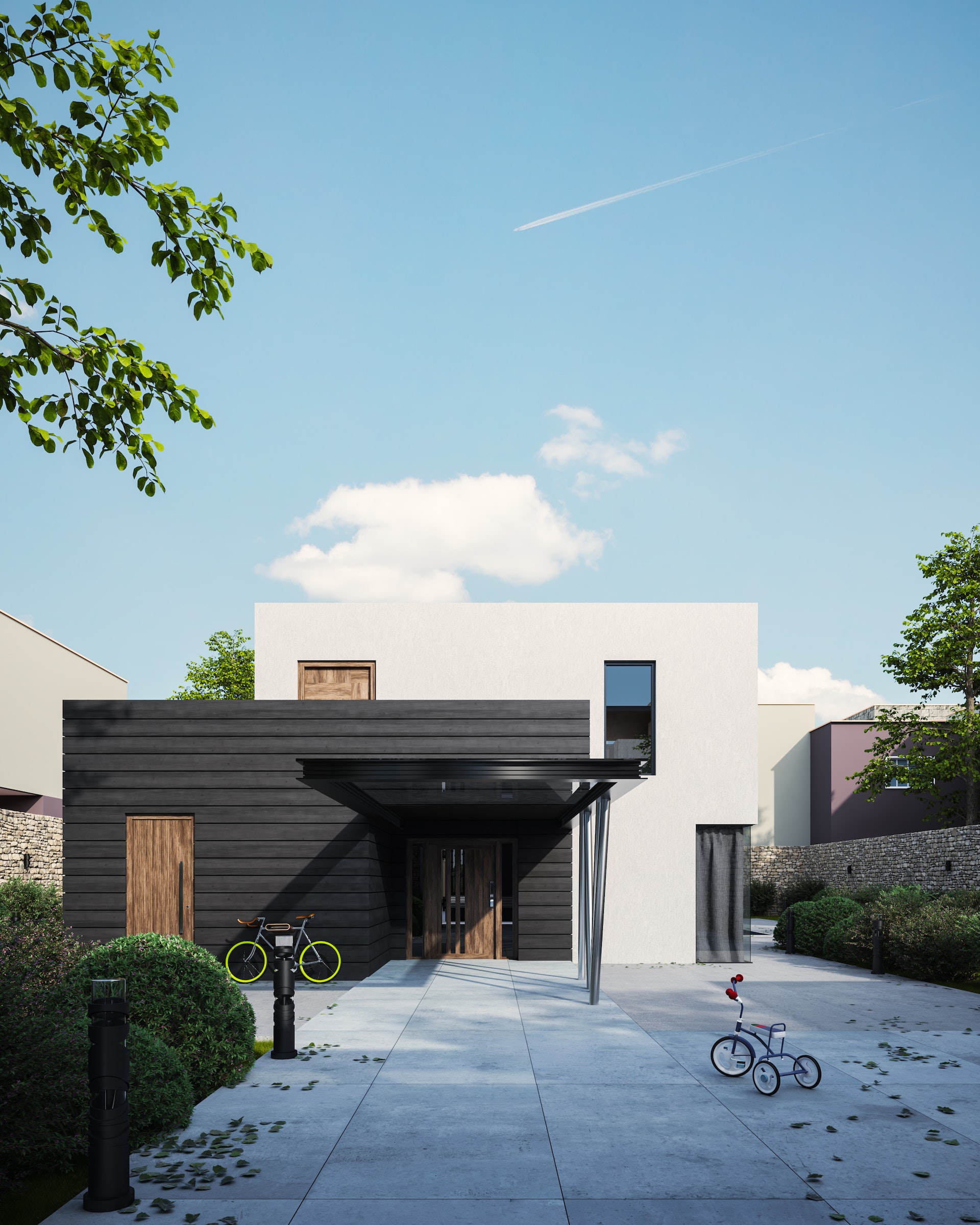
5 Elements of Healthy Buildings
Let’s run through five big elements of healthy buildings.

Nutrient Balancing for Insomnia
Certain nutrients are much more important for sleep than others.

